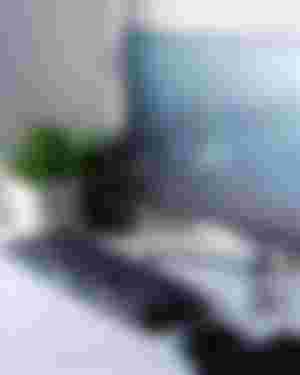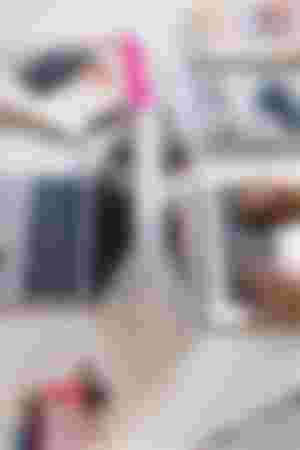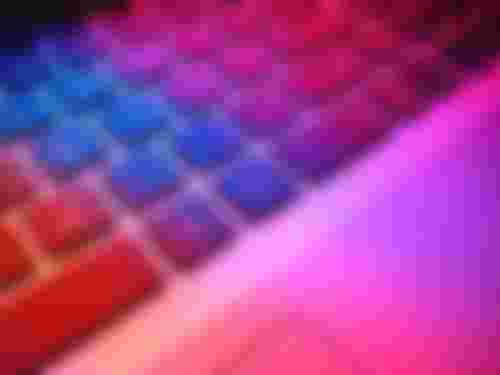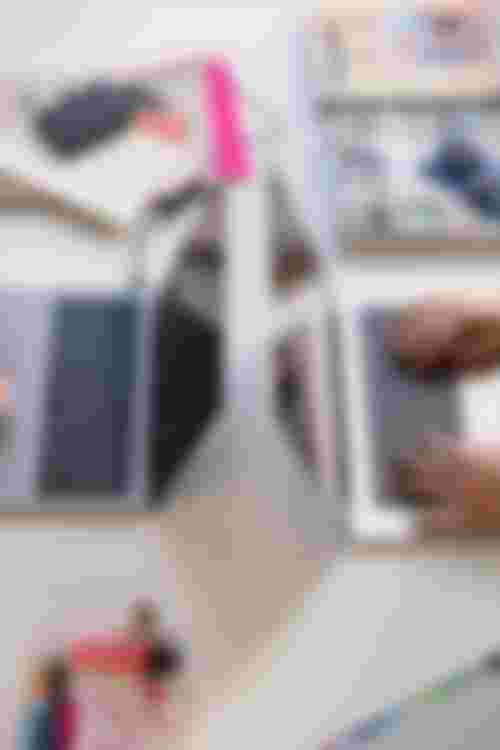Computers have really become an integral parts of our human lives and their application ranges from buisiness transactions to personal communications and usages. While many make use of computers, yet it cannot be denied that many still don't have any basic knowledge or understanding on how computers work.
This our discussion however will present us with a brief discussion and an introduction to the basic components of a computer and how they work, while the two major groups of resources found in a computer: "the hardware and the software", shall be critically looked into for a clearer view and understanding of what shall be discussed here.
At the end of this discuss, the readers shall have been able to;
Define a computer
Identify the basic components of a computer system
State the uses of each components
Identify the characteristics of a computer
Identify the common computer forms
Classify computers and
Describe the various levels of computer memories and their usages.
For time sake, we may be able to take a lot of them but I will surely start from where I stopped on this general knowledge regarding a computer given my vast knowledge in it as well.
We start with;
A. What is a computer system?

This may be defined as an electronic machine operating under the control of instructions that are stored in its own memory which is capable of capturing and accepting data and manipulating the data according to specified rules and produces a result that are stored for future usage.
A computer can as well communicate with or transmit/receive data to/from another computer across an electronic transport channel such as the ordinary telephone, radio, satellite or a combination of all the above mentioned.
* Basic components of a computer system
For all we know, a computer consists of five(5) basic components or functional units that are as follows;
a. Input unit
B. Storage unit
C. Central processing unit
D. Output unit
E. Communication unit.
Now let us start with the first one on the list,
* The input unit.
It should be noted that before a computer can process data, you need some method to input the data into the computer. This function is called or is referred to as the; "capturing or accepting data from the outside world".
With that in mind, input function then refers to an activity in whichd datain human sensible form is covered into data in machine or electronic form. In most cases, this capturing activity is usually carried out using a typewriter-like device called a keyboard or a photocopier-like device called a scanner or a digital camera or a microphone.

The device mentioned above that you end up using will then depend on what form this data takes, which could either be text, sound, image, simulation, e.t.c, hence, this input as the name applies performs three notable functions viz;
i. Capture
ii. Convert the data into binary form called machine code and then
iii. Transmit the converted data into an area in the memory.
* The storage unit
This second aspect of a basic function in a computer refers to the act of keeping or retaining data in electronic form so that it can be accessed or retrieved for use in the future. This however is a unit of a computer where programs and data are stored when they are currently in active use. The computer usually has two types of memories known as: primary or main and secondary or auxiliary or backing storage.
Examples of the primary memories of the computer include the: Random access memory (RAM), the Read-only memory (ROM), while the examples of the secondary memories are: the magnetic storage which includes the likes of cassette tape, the floppy disk and the hard disk. Then the Optical storage which has these examples: the CD-ROM, CD-Recyordables, CD- rewritables and DVD and lastly, the solid state storage and the flash memory devices.
* The central processing unit (CPU)
This is also called the microprocessor or simple processor. The CPU as it's fondly called is an electronic circuit that executes a computer programs and it's also responsible for most of the data processing in a computer system.
Processing on it's own simply means manipulating data or performing mathematical functions such as addition and subtraction, multiplication, division and logical operations on data.
The processing of data
also involves the rearranging of data in some order as well as other transformations that are carried out on the said data. In a personal computer, the micro processor does th actual processing of data and it is a central processing unit that fits on one microchip and it's usually seen as the brain behind the computational ability of the computer.
These microprocessors produces a lot of heat due to the large amount of circuitry packed into such a tiny chip and as such, require a cooling system to keep them from overheating and the actual execution power of a processor depends solely on its clock speed.
Its clock speed is usually measured in units of cycles per second that is called a Hertz(HZ).
It should be noted that the most commonly used CPU in PCsare made by a company known as Intel while their numerous products include the following; Pentium 1, Pentium 11, Pentium 111, Pentium D, Core 2 duo, Intel Attention m, Intel corei3, Intel corei5, Intel corei7, e.t.c. whilst other manufacturers of the CPU for the personal computers(ps) are the Advanced Micro Devices (AMD), the Macintosh series of computers from Apple and lots more of a total of unmentioned ones due to lack and unavailability of time.

* The output unit
This is infact another key function of the computer as after all that has taken place within the input aspects where information are processed after a command has been issued, the processed information by the input unit does the fourth function of making the already processed information or result to be visible to the human eye or audible to the human ears.
This output is usually displayed on the computer screen while we engage or work with our computers either for businesses or for something very important and personal to us. This will now take us to the last component of the basic computer components being,
* Communication
This fifth function of the computer is very vital like the others as by means of communication, as the computer is now able to transmit/receive data to/from another computer or data transmitting equipment (DTE) across an electronic communication channel such as the ordinary telephone, radio, satellite or a combination of all these.
* End note*
Since we have come a very long way in our discuss regarding our due knowledge of the computer and its components functions, I'd like to hear from you regarding the above said and to also let you know that by God's special grace tomorrow, we will start from 👉 The types of computers that we have down through to many more.
What have you learned so far from this discuss?
To be continued, stay tuned!
All images are from: unsplash.com
https://unsplash.com/photos/wzVQp_NRIHg
You can click the above link for the image right thank you👌



I started delving into the world of computers right from a young age and after going to a computer school, I really got into it. Now I have gone deeper into it by learning programming